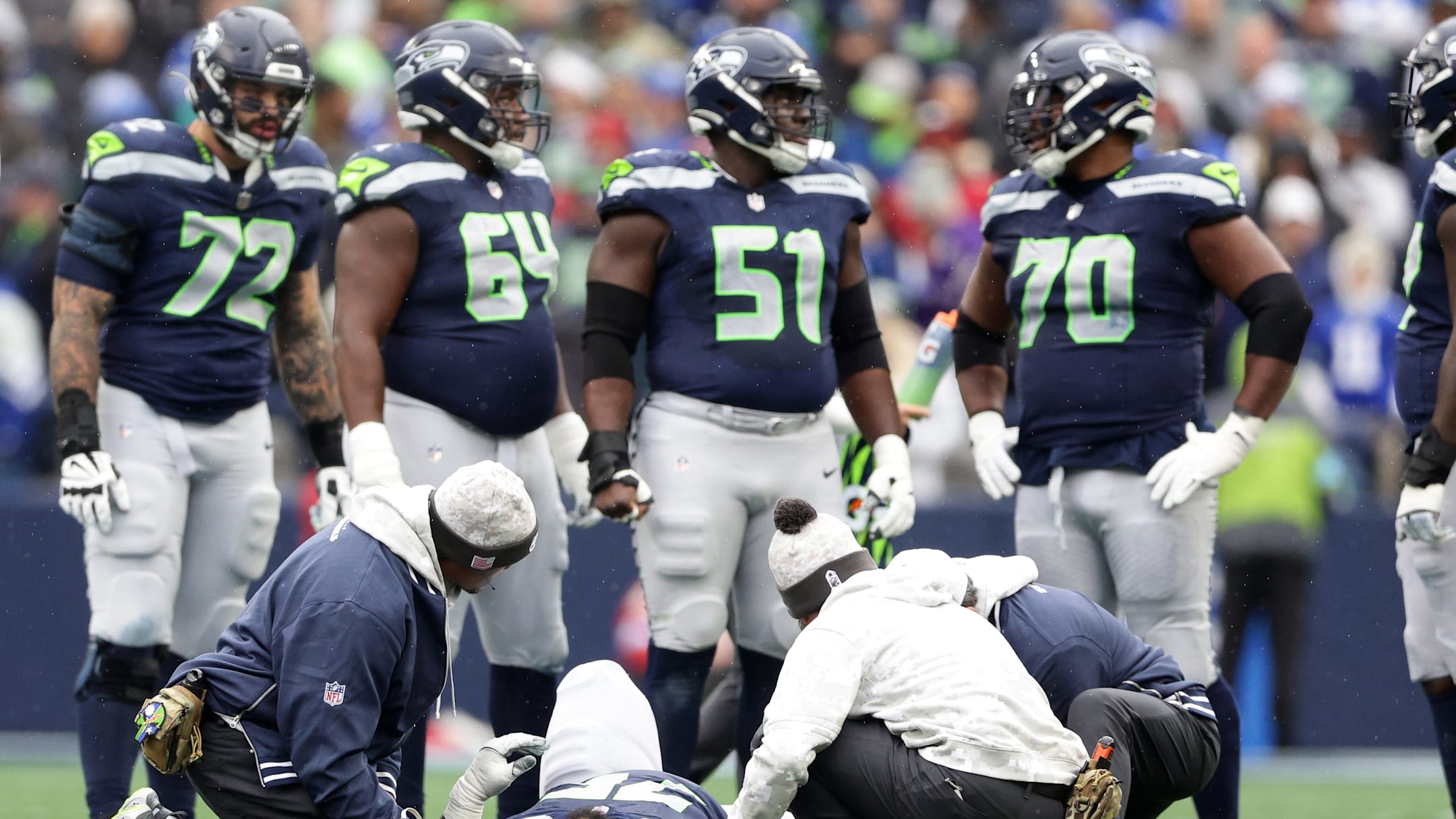
Chicago Bears quarterback Caleb Williams was supposed to enter a historically strong supporting cast in his rookie year. The football world, as a collective, badly missed. Head coach Matt Eberflus was fired midseason, offensive coordinator Shane Waldron ran himself out of town, and the offensive line struggled the entire time, complicating Williams' job.
In Year 2, the hype has returned to Chicago. The Bears landed the cycle's most promising coaching candidate, Ben Johnson, and doubled down on investments up front.
Williams is in a better position to succeed, giving fans reason to believe in the immense potential that made him the No. 1 pick. But Johnson, fresh off two playoff runs with the Detroit Lions and quarterback Jared Goff, will have to adapt his offense to Williams' dynamic, but less predictable, skill set.
Johnson sets the bar for Williams' success
Johnson is embracing that challenge, molding his offense around Williams' mobility, creativity, and ability to manipulate arm angles. This offense will look very different from what it did in Detroit, for no other reason than the shifting strengths under center. Expectations are justifiably high, but fans are left wondering whether Johnson's scheme will be recognizable.
On Tuesday, he gave a glimpse into his goals for the young quarterback.
"It's not a secret, I told him that I would love for him on the season to complete 70% of his balls," Johnson told reporters on Tuesday. "So, you would like to think over the course of practice that we're completing 70% or more. It's a lofty goal but it's one that we're going to strive for."
Williams has never really profiled as the type of quarterback who will regularly compete 70% of his passes. Just last season, he hit at a 62.5% rate (with a -0.1 CPOE that ranked 23rd among 32 qualified passers).
Goff, meanwhile, posted his first season clearing 70% in 2024, with a 72.4% completion percentage on one of the league's best offenses. He was prolific within structure, taking advantage of an elite cast of pass-catchers and a strong run game.
That begs the question of how Williams gets there. Any reasonable projection would have him short of that mark, even if Goff's production is included as a proxy for Johnson's impact. Development is possible, and ultimately demanded, with Johnson's arrival. Of course, Williams' improvement is the biggest piece of the puzzle, and there should be relatively low-hanging fruit.
Williams completed 46.2% and 23.5% of his passes to the intermediate and deep parts of the field, respectively (via NFL Pro). Both were far below his expected metrics. That's partly an accuracy issue and perhaps a limitation of his size when throwing over the middle of the field, but Johnson can make his life easier and provide enough proof of concept to rebuild the confidence lost from his scattershot season.
"Obviously, I have self goals, and that's being the first 4,000-yard passer in Bears history," Williams said, via Fox 32 Sports. "That's a goal of mine, 70% completion helps the team, keeps us on the field, puts us in better positions, and then other than that just trying to go down and score the most points that we can with each drive that we have."
Williams might always run high sack rates, and his play style doesn't seem conducive to league-high completion rates, either. He must create explosive plays more often than his peers, and his efficiency on his completions, regardless of how scarce, will have to improve.
Ultimately, the Chicago faithful shouldn't expect Williams to complete 70% of his passes. Unless the Bears operate a low-volume passing offense, it's -- like Johnson admitted -- lofty. Even so, the principle of creating and executing an offense that stays on schedule should amplify the growth Williams is supposed to experience in Year 2.
-1750179026-q80.webp)


-1753627442-q80.webp)